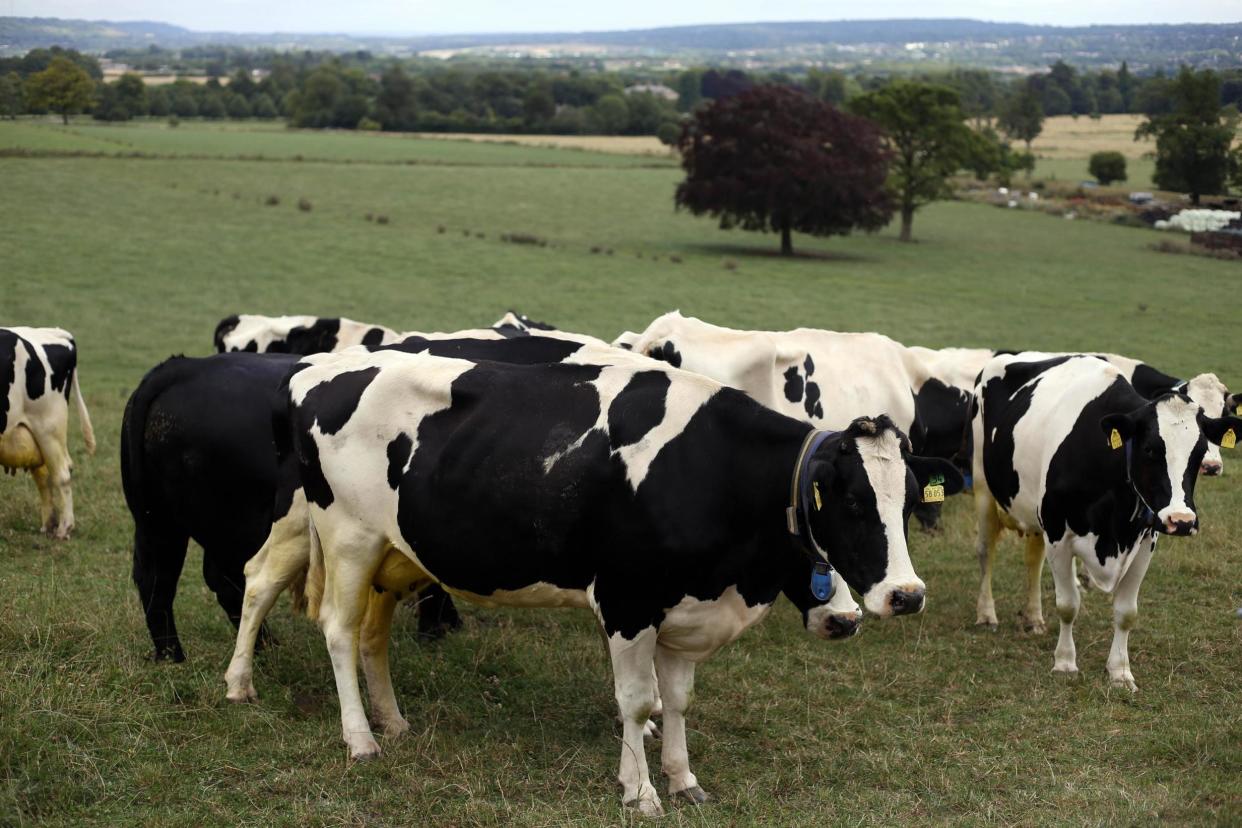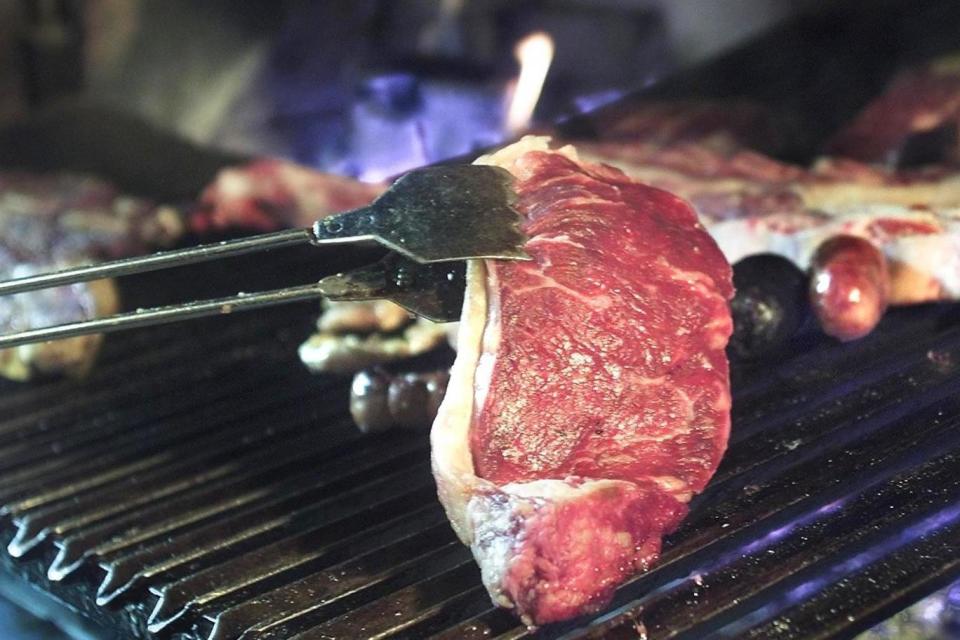'Mad cow disease' explained: What is BSE, what are the symptoms and can humans get it?

The Scottish government has confirmed that a new case of BSE, or "mad cow disease", has been discovered on a farm in Aberdeenshire.
Restrictions have now been put in place at the farm after authorities said it was too early to tell where the disease came from.
The case was identified as part of the routine testing of all animals over four years of age that die on farms.
What is BSE? What is mad cow disease?
Bovine Spongiform Encephalopathy, or BSE, was first detected in Britain in the late 1980s.
It spread from here to other parts of Europe, ravaging cattle herds until the early 2000s.
It is a fatal neurodegenerative diease that causes cow's brains to become "spongy" and full of holes.
It attacks the central nervous system of cows and symptoms typically include a lack of co-ordination and aggression.
These symptoms caused BSE to be known as mad cow disease.
Scientists declared that it could be passed to humans and measures were taken to to stop it spreading.

Can humans get BSE and what happens if they do?
BSE has been linked in humans to the brain-wasting Creutzfeldt-Jakob disease.
The NHS says it can be hard to prevent because of its rarity but measures are in place to stop it from entering the food chain.
Guidelines have also been tightened around the use of medical equipment to prevent it from being passed through blood transfusions.
If a human does get CJD, there will have difficulty walking and have balance and co-ordination problems.
Their speech will be slurred, they will have numbness and pins and needles and suffer from dizziness.
The NHS also says they will have vision problems and some will suffer from anxiety and depression.
It is fatal in humans and there is no cure. Current treatment revolves around relieving the patient's symptoms.
What happened the last time there was an outbreak?
In an effort to stop the disease spreading, millions of cattle were culled in the UK in the 1990s.
There were around 100,000-200,000 confirmed cases in the early 1990s, and two more cases were confirmed in 2015.
Sales of domestic beef plummeted, the cost dropped and British beef was banned in the EU until 2006.
It is thought the outbreak in the 1990s cost the UK economy between £740 million and £980 million
To date, 177 people have been killed as a result of contracting a variant of the disease.
An inquiry concluded it was caused by cattle being fed the remains of other cattle.
How to avoid it?
Controls are in place to prevent BSE entering the food chain.
These include a ban on farm animals from being fed the remains of other animals and destroying animals that could be infected.
Mechanically recovered meat is also banned and all cattle over 30 months old are tested.

 Yahoo News
Yahoo News 
